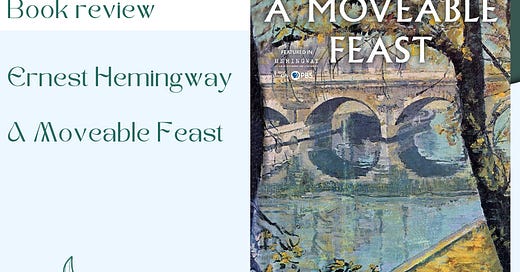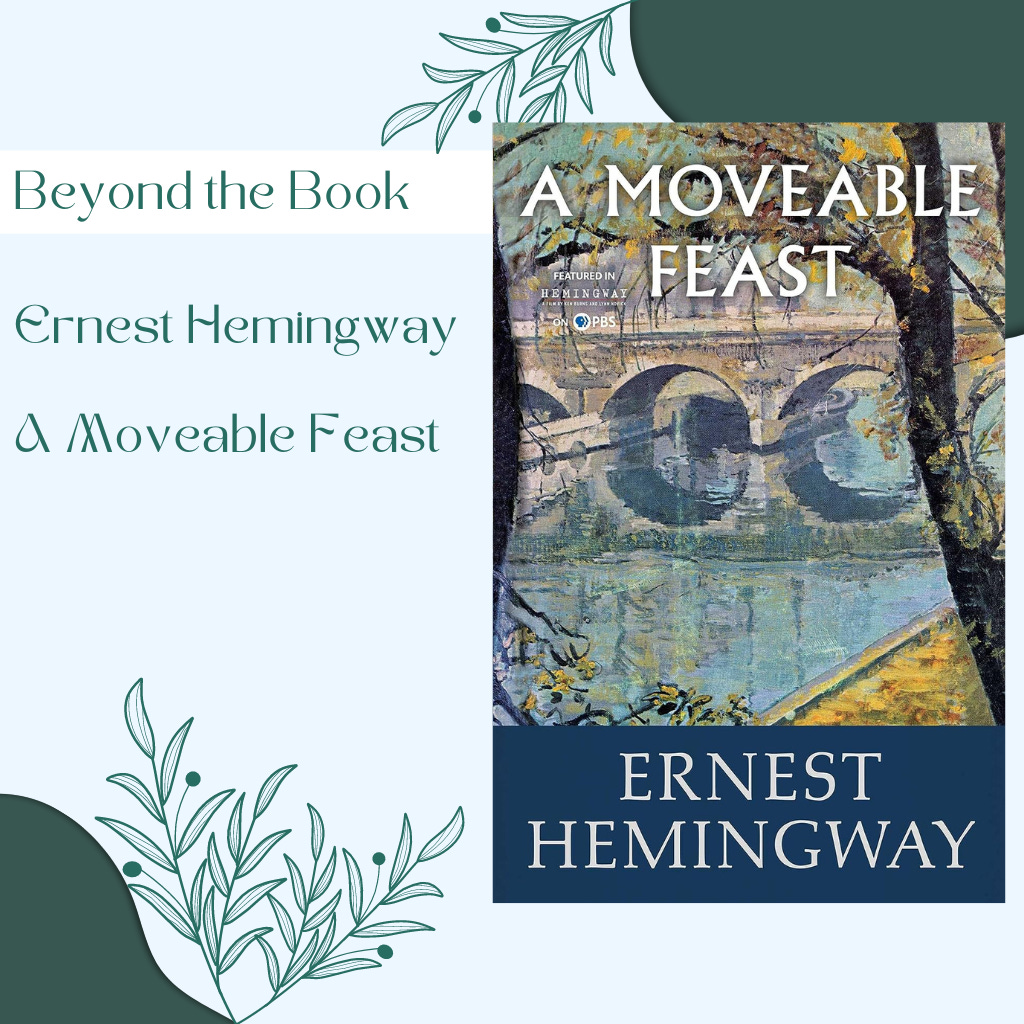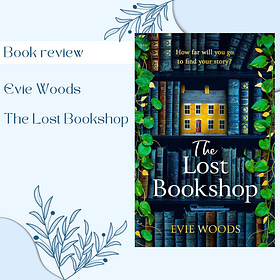Beyond the Book: Ernest Hemingway – A Moveable Feast
A few weeks ago, I finished reading Ernest Hemingway's book titled "A Moveable Feast". It was a curious coincidence that after this book, I happened upon "The Lost Bookshop" by Evie Woods, which talks about the same Shakespeare and Company bookstore managed by Sylvia Beach, where Hemingway often visited. Even more intriguing was the coincidence that one of the heroines of "The Lost Bookshop", Opaline, formed a close friendship with Sylvia Beach just like Hemingway and even met Hemingway in the bookstore.
For those interested in my thoughts on "The Lost Bookshop," you can find it in the article titled “Book Review: Evie Woods – The Lost Bookshop.”
Returning to "A Moveable Feast", this collection of short stories is, in my opinion, very different from Hemingway's other works. True, the author retains his signature minimalist, slightly raw style, suggesting much with few words and half-sentences, but this book feels somehow freer and lighter than his others.
"A Moveable Feast" was published three years after Hemingway's death by his widow, Mary Hemingway, who was also his fourth wife. Through the stories in the book, we get a glimpse of Hemingway's early years in Paris, when he was still a struggling writer, and a brief insight into his first marriage to Hadley Richardson.
The novel features iconic Parisian cafes and restaurants, many of which still operate today, adding a special charm to the stories. While reading, you feel as if you could visit these places and witness the conversations Hemingway had with his American contemporaries who moved to Paris.
Gertrude Stein appears in the novel, towards whom Hemingway clearly had mixed feelings. Their “friendship”, which abruptly ended, was not really a friendship but a mere alliance for a while. Gertrude Stein's connections in the art world helped budding artists who attended her evenings or visited during the day, like Hemingway. In return, she was entertained by these artists, and likely influenced by the food, drinks, and relationships, many praised her debatable artistic value.
Hemingway and his wife struggled to get by, often cold and hungry, but their love always saw them through. During this time, Hemingway decided to abandon journalism and devote himself fully to writing novels and short stories. However, this transition was not smooth, as his short stories were rejected by targeted magazines. While contemporaries and friends like poet and critic Ezra Pound, F. Scott Fitzgerald, author of "The Great Gatsby", and James Joyce, author of "Ulysses", were already published and even enjoying their initial successes – for example, Fitzgerald, having sold the movie rights to "The Great Gatsby", lived lavishly in Paris – Hemingway and his wife continued to struggle, with a two-course dinner being a luxury.
Hemingway tried to save F. Scott Fitzgerald from the jealous rages of his later wife and then girlfriend, Zelda, and the alcoholism she seemed to be dragging him into, especially when Fitzgerald tried to work seriously. Hemingway clearly saw the contrast between the supportive Hadley, who bore all hardships, cold, and hunger, and the constantly jealous, bored Zelda, who tried to distract Fitzgerald from his work and especially his successes.
Hemingway dedicates several stories to his relationships with both Gertrude Stein and Sylvia Beach. The stark contrast between the self-absorbed, arrogant personality of Gertrude Stein and the accessible, lovable personality of Sylvia Beach is intriguing. While both women were pillars of the Parisian art scene, they appear as polar opposites in the book. One operated with elegant dinners and leveraging her connections, while the other operated with kindness, attention, help, and understanding. Sylvia Beach saw the person behind the artist, often lending books for free to Hemingway and others, sometimes even financially assisting them, and she published Joyce's "Ulysses" when others rejected it for being too obscene. Gertrude Stein, perhaps, never cared about the person, only the artist, whom she saw potential in or who entertained and praised her.
Horse racing also features in "A Moveable Feast", which for a time was a shared hobby of Hadley and Hemingway. Sometimes they won, other times they lost heavily. When they won, they treated themselves to a celebratory dinner; when they lost, they sought solace in each other's arms in their cold room. The love and appreciation that bound them shines through in the little masterful details that Hemingway sprinkles throughout about his first wife.
As Hemingway and Hadley traverse Paris, eating a little here, chatting a bit there, they seem to envelop the whole city with the love that exists between them, giving the book a bittersweet ambiance that captivates the reader. I believe this is why the book is titled "A Moveable Feast", as the Hemingway couple, despite all odds, managed to make every day, every hour a celebration, even if some of those feasts lacked bread on the table.
For those who love Paris, for those interested in the daily lives of the rising and already established artists of the 1920s, it's definitely worth reading these snapshot moments of Hemingway's years in Paris from 1920 to 1926. Perhaps, while reading, we might also learn the secret of how to make even the toughest days feel like a celebration.
– Eszter
Some links above are Amazon affiliate links, and if you buy something through these links I may earn a small commission at no extra cost to you.
Book Review: Evie Woods — The Lost Bookshop
Home | Notes | Articles | Eszter’s Magic | Literary Bonbons | Short Stories and Guides | Beyond the Book | EWE Issues | Archive | About





